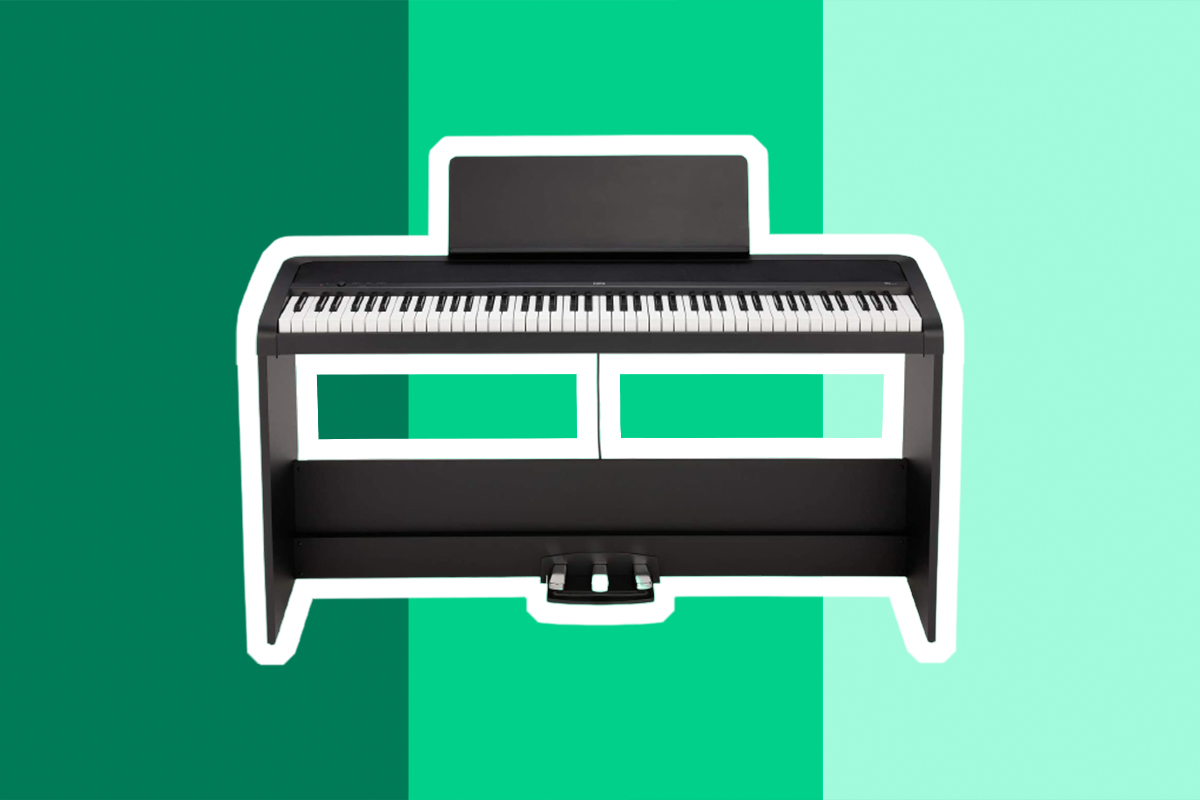
In this guide, we explore our experiences testing the best digital piano under 700 dollars. There are many different options available at this price point, and you can choose to play a more professional instrument or more of a beginner option.
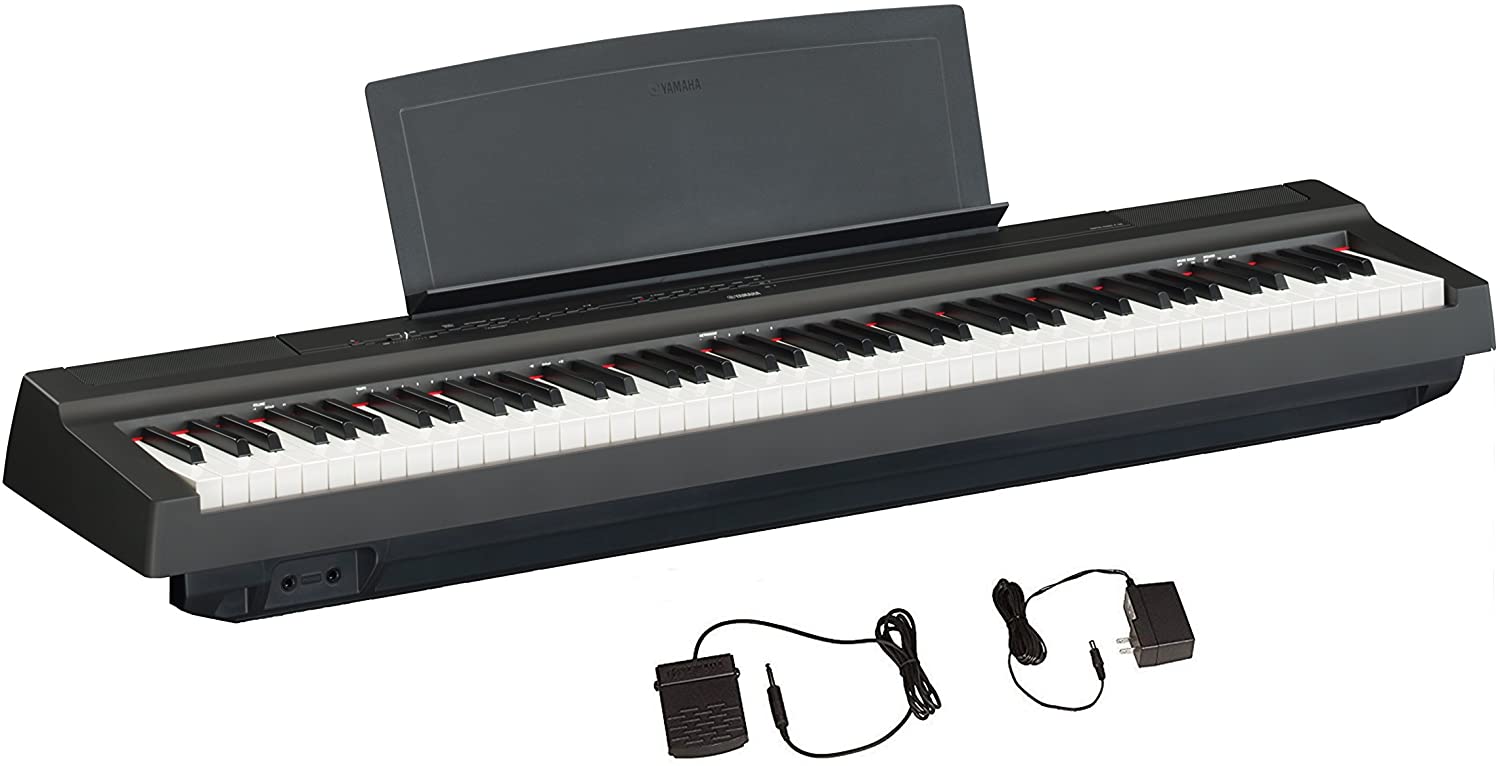

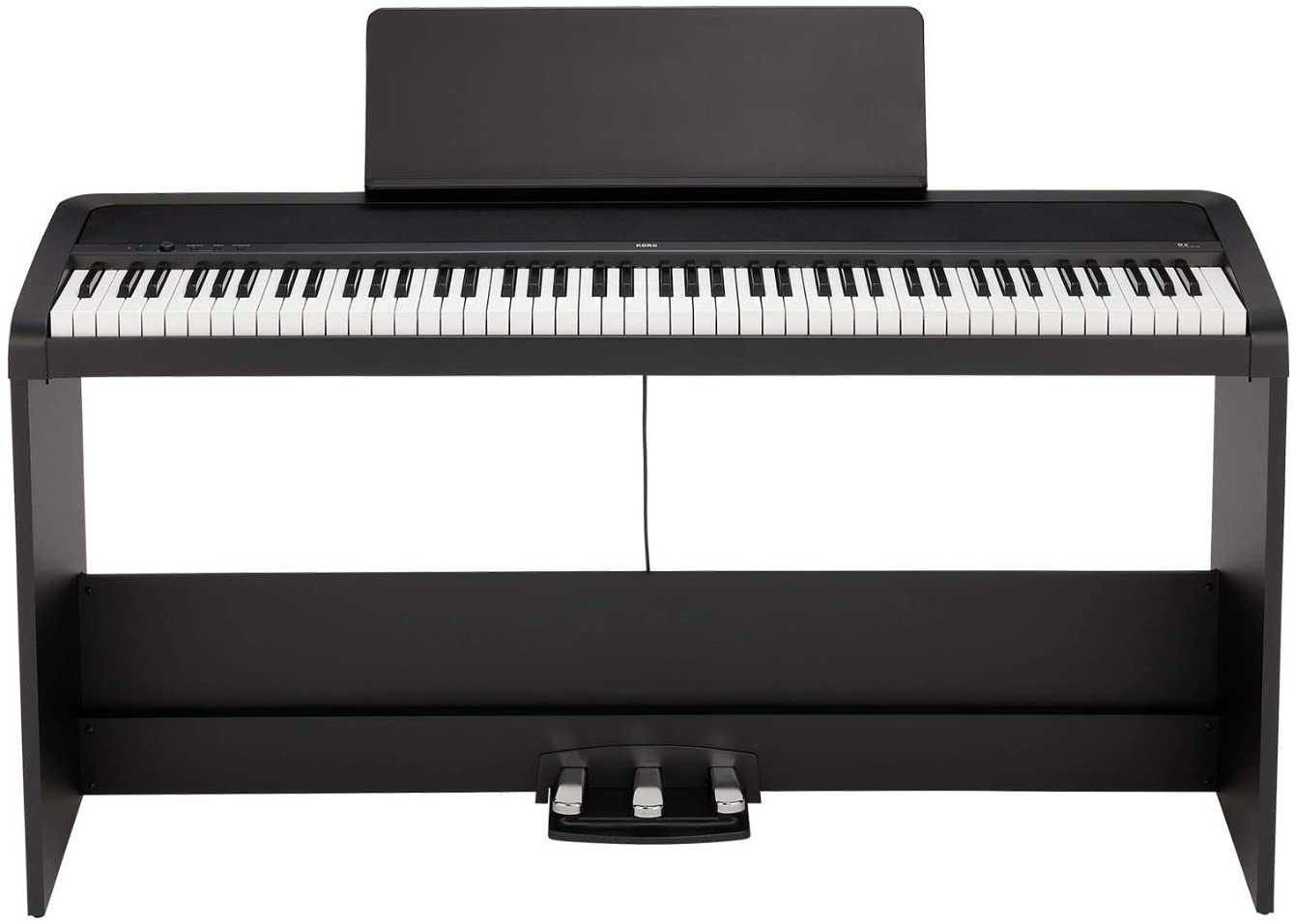


We have tested out models from some of the biggest instrument brands out there as well as some of the less well-known brands. We look at the sounds, portability, quality of keys, and of course the price of the piano, vital for deciding the best for you.
Below, we dive into the features of digital pianos and the best models available under the $700 mark.
| № | Name | Rating | |
|---|---|---|---|
| 1 | Yamaha P125 |
9,6
|
Check price |
| 2 | KORG B2SP Digital Piano |
9,5
|
Check price |
| 3 | Casio Privia PX-S1100 |
9,4
|
Check price |
| 4 | Roland GO-61P |
9,2
|
Check price |
| 5 | Alesis Prestige Artist |
9,1
|
Check price |
| 6 | Kurzweil KP-100 |
8,8
|
Check price |
| 7 | Studiologic Numa Compact 2 |
8,7
|
Check price |
| 8 | Casio CDP-S150 |
9,0
|
Check price |
More features: 4 effects, 2×4.7 in woofer in speakers, 12V DC power supply, 5 to 280 tempo ranges

The Yamaha P-125 is a fantastic option for all kinds of piano players. Everyone in the industry knows the brand and the fact they have some brilliant pianos, and the P-125 gives a weighted and professional feel under the $700 model. We love the fact the keys feel great, and if you closed your eyes you could trick yourself into thinking you were sat at an acoustic piano. The keys are graded so the lower keys feel heavier, just like an acoustic piano.
The Yamaha range covers a lot of different needs, but the P-125 is a great option if you want to play a professional feeling instrument that is still portable. It only weighs 26 lbs so you can put it in a case and take it to gigs. We found it easy enough to store and transport. At the price, this is also a really good option for beginners.
More features: 2×3.9 in speakers, 15V DC power supply, 2 effects, 3 key sensitivity types

We love this bundle from Korg. It has loads of great features that are perfect for beginners, and for those who have a lot of space in their home. We also found it to be fantastic for classical sounds, as many of the 120 voices that are inbuilt have a rich and classical feel.
This comes with its own stand which includes three pedals, and we found this to be great for putting in a specific practice room and making a space for playing piano in your home. Not as portable, but looks great nonetheless and has some impressive sounds and a bundle of extras making it ideal for beginners.
More features: 6 key sensitivity types, 2×6.9 in speakers, 99 song recordings, 12V DC power supply

We all know the Casio brand, too. This model has some fantastic features for the students out there as it is so portable and easy to carry around. You can see from the images the fact that this has virtually nothing taking up any space other than the keys itself. It also weighs just 24.7 lbs and we found it so simple to transport.
As we’ve discussed this is most beneficial for students, and compared to many of the other Casio models this has been greatly streamlined. This also makes it easy to store, so if it doesn’t stay out on display the whole time you can carefully store it in a case somewhere. We also found it to stand out in terms of the sensitivity, which you can adjust to suit your playing.
More features: 4 key sensitivity types, 3 effects, 2×4.75 in speakers, AC adapter power supply

Roland is another big name in the world of instruments. They’re known for synths, but with the Go-61P they have made a great, portable digital piano. The features are impressive for a small piano and though it has a slightly “keyboard” feel, it is good for beginners and can save you some money too. It also includes some effects.
This is most beneficial for those who don’t want to play complex classical pieces. We found that the 61-key range was fine for playing simple chords and pop songs though. We also found that the small and incredibly lightweight design was easy to transport though it doesn’t feel overly sturdy.
More features: 4 key sensitivity types, 4×2.5 in woofer in speakers, 12V DC power supply
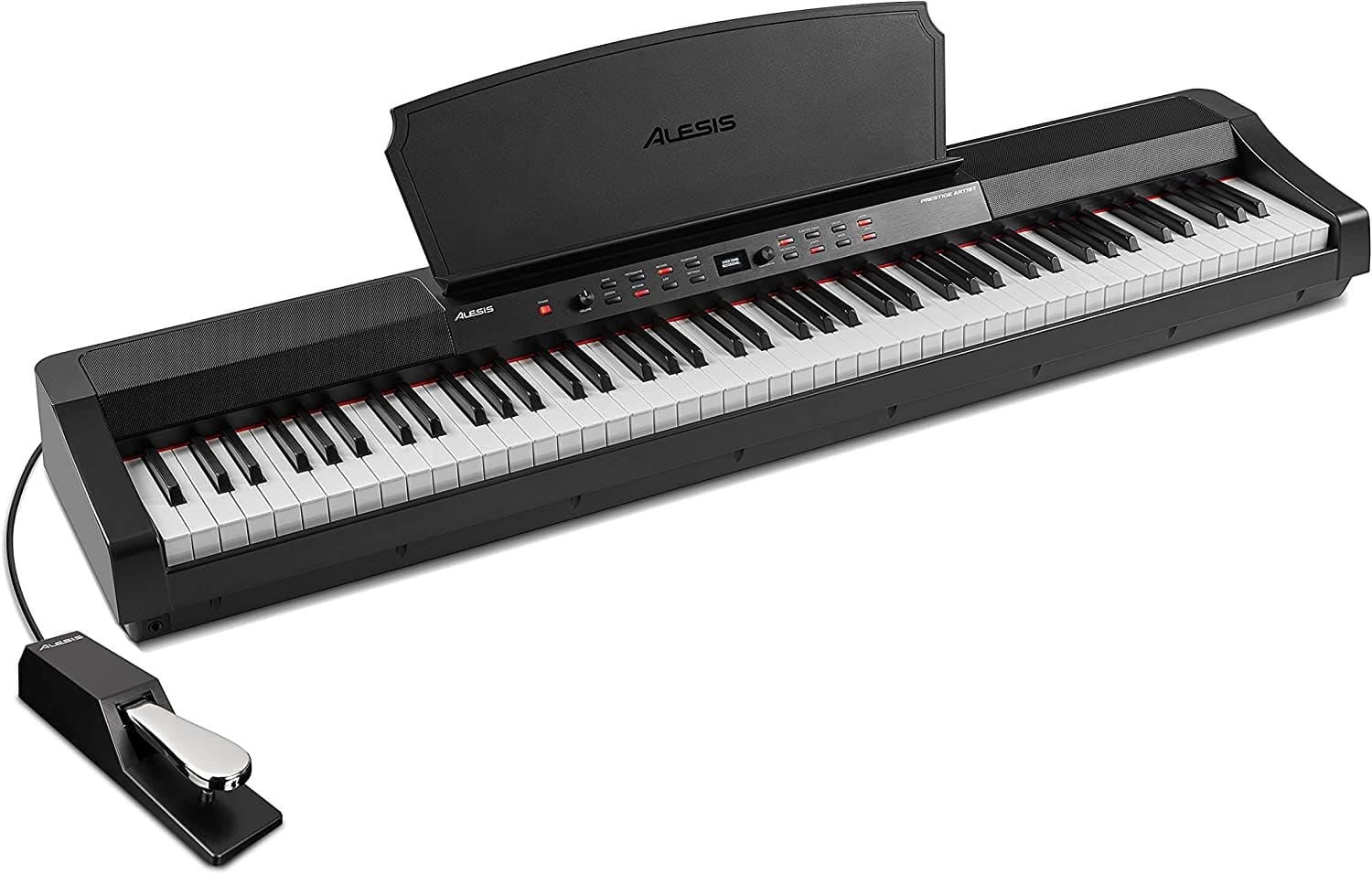
We really like this model from Alesis, a brand that is growing in stature in the world of digital pianos and has a reputation for making some great affordable equipment. This has a huge 256 note polyphony and we love the weighted keys and 30 sound presets. It all means more of a professional sound.
Alesis are best known for the “Prestige” piano which is much cheaper than this model, but also has fewer features. This one has a lot more sounds and the benefits of sensitivity types, upgraded speakers, and an all-round more pro package including an excellent sustain pedal. The Alesis brand is really becoming a piano brand to be reckoned with.
More features: 4 effect types, 12V DC power supply, 2×3 in speakers, 150 songs playback
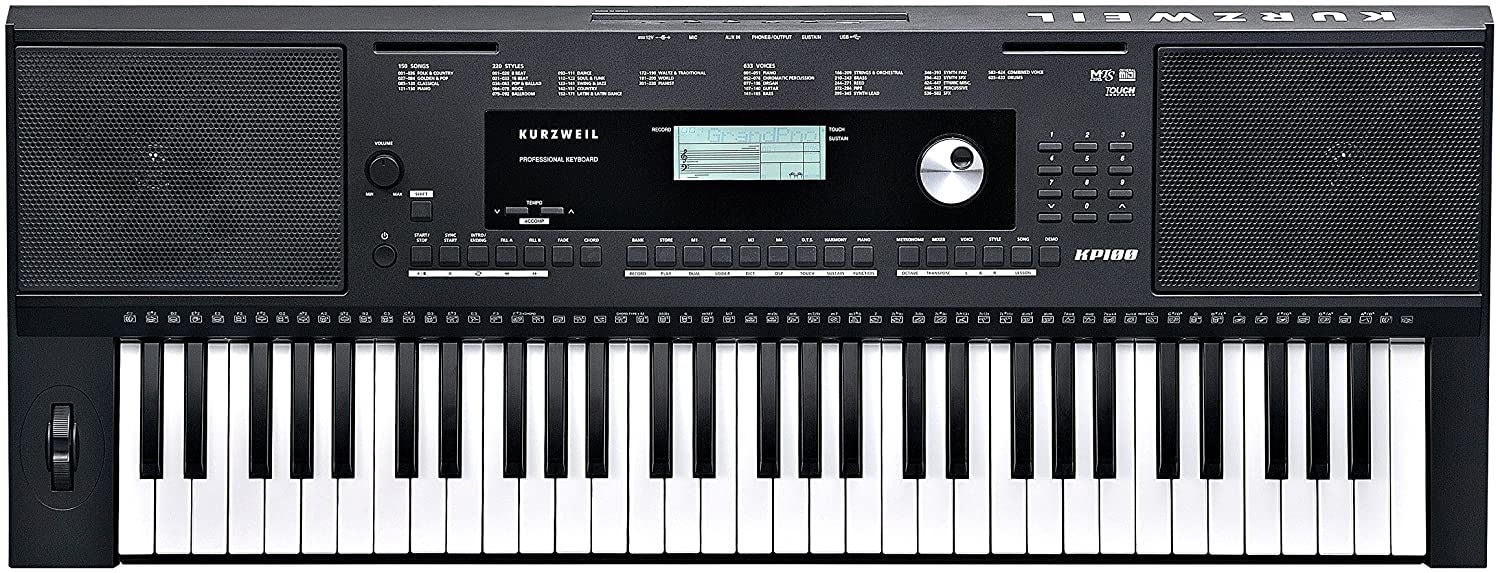
The Kurzweil is a really impressive model that sits somewhere between digital piano and keyboard in its features. It has a huge 633 sounds to choose from, while some aren’t the most useful, it is cool to have all that choice and it is great for composing. It has 61 quality keys and it is really easy to see what you are doing.
This is a good model for children, as it keeps them interested with all of those sounds. It is one of the few Kurzweil instruments actually on the market and it is suitable to take out on your travels due to the cleverly portable design and makeup of the piano. It is good for the kids room, and a bit smaller than some of the other models.
More features: 99 user presets, 8 effect types, 4 key sensitivity types

The Studiologic Numa Compact is from a brand you might not have heard of, but it is so small and smart, with 88 semi-weighted keys and a weight of under 20 lbs. We like the compact nature of this as well as the display, which makes it easy to change all of the settings, effects and presets. There are actually 99 different user presets to choose from.
This is one of the best budget digital pianos as well as being a great choice for beginners, as the semi-weighted keys give a similar feel to an acoustic piano. It means that you can get used to the feel that classical pianists have and you don’t have to carry around a huge instrument with you all the time.
More features: 3 key sensitivity types, 12V DC power supply, 16 effects

Another Casio model, and one that is suitable for a lot of concert scenarios This is a really good choice for those who want a way to impact their sound by using effects. There are 16 effects inbuilt to go with 10 voices so you can make quite a lot of different sounds for your performance. It’s also small and portable enough to take, but still has 88 keys.
This is a good model for those who need to take their piano from one place to the next a lot of the time. It allows you to alter the sound to put your own stamp on it using effects, something that not too many pianos actually allow you to do. Like many of the Casio models it is small and portable, and great to store.
Let’s go into the buying guide and all of the things that you need to consider when it comes to getting your digital piano. Even on a budget of $700 there are so many different choices out there and different features you can prioritize.
Budget digital pianos can be a great option for those who want to learn a musical skill on a budget. They are also good for those who don’t really know if they (or their kids) are going to stick to the hobby. You don’t want to invest thousands if you don’t know that it is going to get a lot of use.
What are the pros and cons?
Pros:
Cons:
When you get a digital piano, there are loads of different ways to practice. Here are some of our best tips for digital piano practice.
What are the best ways to choose a digital piano on a budget? Below, we go into the specific features you need to think about.
If you want to get a realistic feeling from your piano, we recommend a digital piano with weighted keys. This will react to the way you are playing and let you control volumes and dynamics. For example, the Alesis Prestige Artist has a graded hammer action designed to mimic what an actual piano feels like.
Especially if you are taking your digital piano out and about with you, it is vital to consider the dimensions and weight of the product. If you want 88-keys then it is going to be pretty hefty, but 61 keys can be enough for some players, and products like the Roland GO-61P may work best if you are focusing on dynamics and weight.
Polyphony relates to how many notes can be playing at once or in quick succession and more detail is required in order to play some classical pieces.
For most pop songs then a high polyphony is overkill, but it is good to have the option
Presets and effects can make a big impact on the sound. Pianos have sound engines that they use to create the sound itself, and sampled instrument sounds you can use to trigger grand piano sounds or even synthesizers and other sounds. Effects like reverb and delay can make a huge difference.
A lot of the products at this price point don’t have the most impressive speakers. Instead, they just have simple speakers that you can enjoy the sound while practicing. If they have an output that you can connect, you can also plug your piano into a PA system so you can hear it in higher quality and volume.
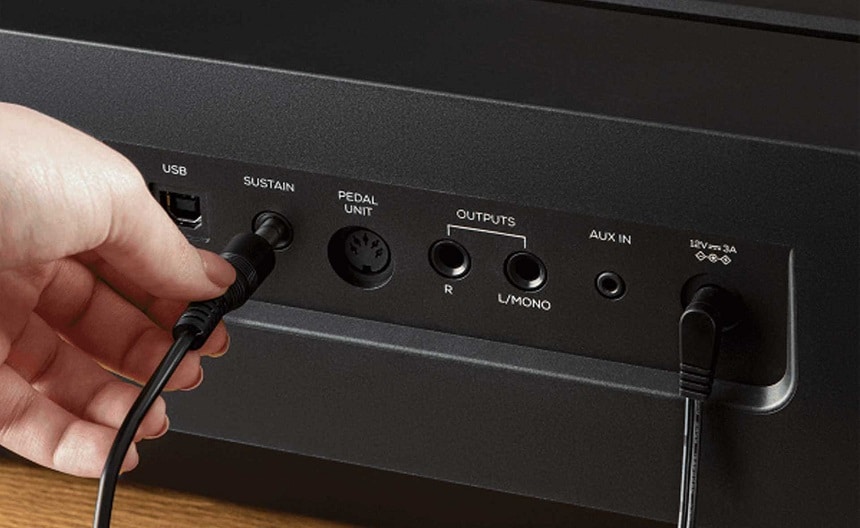
How can you connect your digital piano? Many people connect using Bluetooth to either speakers or to use them in conjunction with a DAW Trusted Source Digital audio workstation A digital audio workstation (DAW) is an electronic device or application software used for recording, editing and producing audio files. DAWs come in a wide variety of configurations from a single software program on a laptop, to an integrated stand-alone unit, all the way to a highly complex configuration of numerous components controlled by a central computer. Regardless of configuration, modern DAWs have a central interface that allows the user to alter and mix multiple recordings and tracks into a final produced piece. en.wikipedia.org . This lets you use your piano to control even more sounds and edit your piano playing, or even record using MIDI.
Of course, you will want your piano to be as durable as possible. Nobody wants a flimsy piano that is going to break when it comes time to move your piano from one place to the next. Some people want to take it in a case regularly and a durable model is essential.
A warranty will protect your purchase and if anything goes wrong based on manufacturer error you might be able to get a replacement or repair.
Other accessories and extra features are available with some digital pianos, including sustain pedals Trusted Source Transfer Learning for Piano Sustain-Pedal Detection Detecting piano pedalling techniques in polyphonic music remains a challenging task in music information retrieval. While other piano-related tasks, such as pitch estimation and onset detection, have seen improvement through applying deep learning methods, little work has been done to develop deep learning models to detect playing techniques. arxiv.org . Whether you need these extra features depends greatly on your own playing style and ability. For instance, do you need a music stand?
The Yamaha P-125 is top of our list and makes the “editor’s choice” due to the fact that it has some fantastic features and a realistic feel. It also offers brilliant value for money.
Next up is the Korg B2SP which can provide you with a great, more permanent option for sitting in a room of your home, for instance. It comes with the stand, and some quality sounds and manufacturing by audio giants Korg. One of the best digital pianos under $700.
Looking for a value pick? The Roland GO-61P gets a high rating due to its excellent portability and lightweight design, it is great for saving some money and still accessing top sounds over 61 keys.